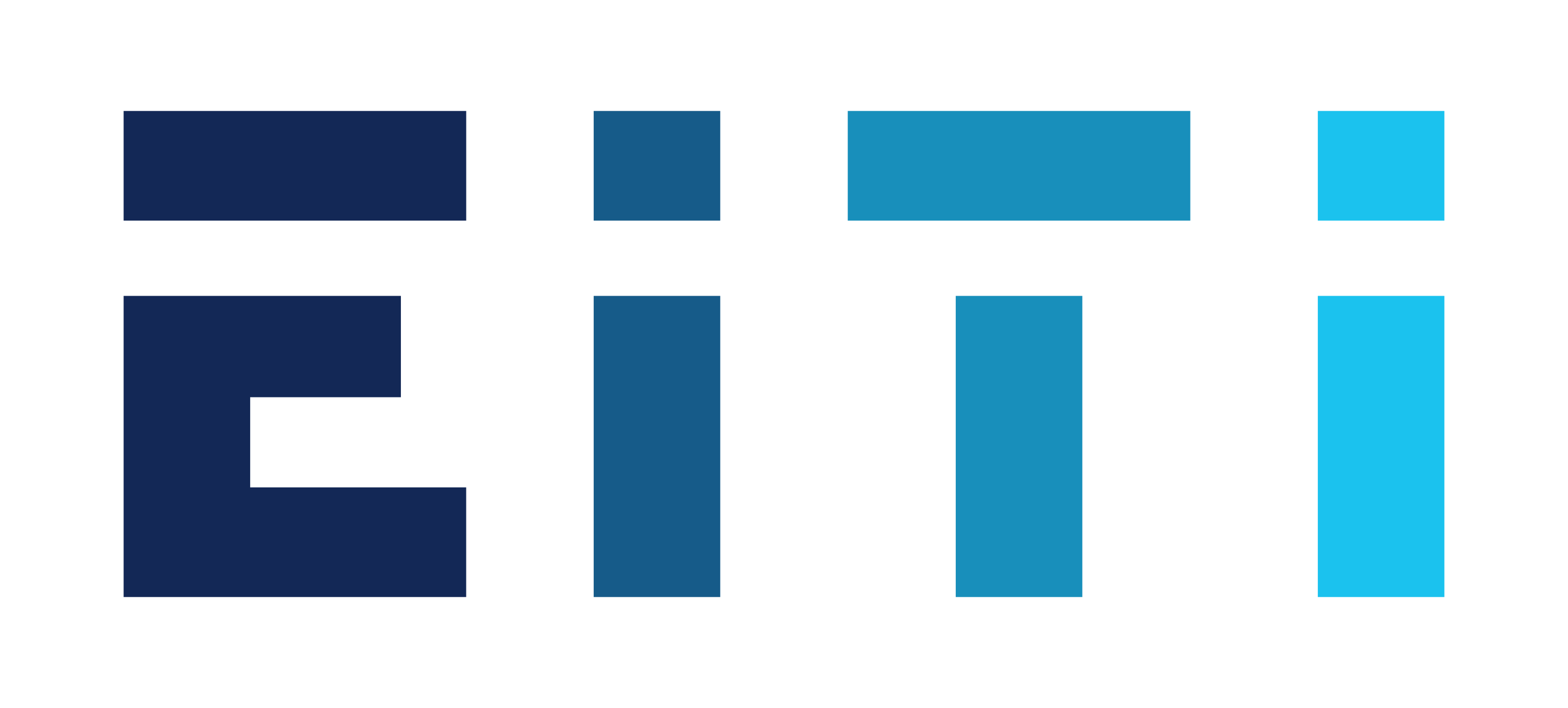
Results measurement and impact assessment in EITI: a review of best and current practice
As a prominent multi-stakeholder transparency initiative, the EITI has to take into account the diversity of implementing country circumstances and the divergent (and sometimes conflicting) expectations of different stakeholders. The unique nature of the initiative presents an opportunity to take a leadership role in establishing and communicating good practice in measuring results and impact.
This review of current and best practice in results measurement for multi-stakeholder transparency initiatives was commissioned by the EITI in late 2019. It reveals that there is no consensus about results measurement among such initiatives. Nevertheless, it clarifies the way in which evidence of impact is used in the EITI. It also suggests insights that may be of value both to EITI and other multi-stakeholder initiatives in measuring impact.
Evidence of impact is used in the EITI to identify more effective implementation models. It is used to promote and justify the work of the EITI in a way that secures the support of national and international stakeholders. To establish and improve its measurement systems, this review recommends that the EITI develops a monitoring, evaluation and learning framework that meets these demands for evidence, serve organisational objectives for learning and are realistic about country-level constraints. It further recommends institutionalising learning processes. The conclusions of the review support an orientation towards measuring outcomes rather than long-term socio-economic impacts.
Research for this report was produced by Christopher Wilson as an independent consultant in the first quarter of 2020.




